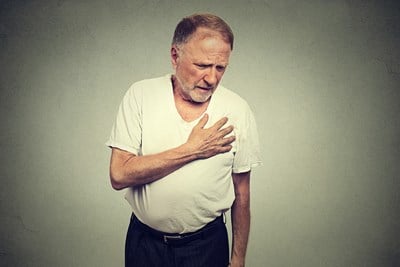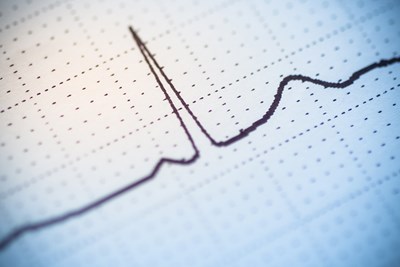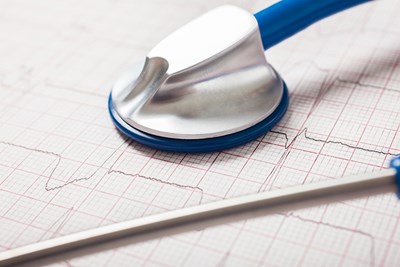Cardiac arrest is the total loss of function of your heart. It occurs due to a disturbance with your heart’s electrical system that causes a fatal arrhythmia (irregular heartbeat). Surviving cardiac arrest requires immediate treatment. We take a look at what that treatment is and what treatment looks like if you are at risk for this heart condition.
CPR
Immediate cardiopulmonary resuscitation (or CPR) is essential for treating cardiac arrest. This treatment, if done immediately, can maintain a flow of oxygen-rich blood to your vital organs until better emergency care is available.
If you are near someone who collapses from cardiac arrest and you don’t know CPR, call 911. Afterward, immediately begin pushing hard and fast on the person’s chest. The rate should be 100 to 120 compressions a minute. Allow the chest to rise between compressions. Continue doing this until an automated external defibrillator (AED) is available or emergency help arrives.
Defibrillation
Treating an arrhythmia involves delivering an electrical shock through the chest wall to the heart. This procedure is called defibrillation. The heart and the chaotic rhythm is stopped temporarily, allowing the normal rhythm to resume.
Should an episode of cardiac arrest occur in public, look for a portable defibrillator. Portable defibrillators are becoming more available in public places such as malls, airports, casinos, and senior citizen centers.
Heart Medication
If you recover, you will still be at risk for another episode cardiac arrest. Because of this risk, your doctor will recommend preventive medications. Anti-arrhythmic drugs are used for emergency or long-term treatment of arrhythmias and potential arrhythmia complications. For people at risk of cardiac arrest, medications called beta blockers are usually prescribed. ACE inhibitors, calcium channel blockers, or amiodarone are other possible drugs you may be recommended to take.
Implantable Device (ICD)
Another possible treatment for preventing cardiac arrest is the implantation of an ICD. This device is battery-powered and implanted close to your left collarbone. Once implanted, the ICD monitors your heart rhythm. If a dangerous heart rhythm is detected, it will send out low- or high-energy shocks to return your heart to a normal rhythm. An ICD is considered to be better than preventive drug treatment at reducing your chance of experiencing a life-threatening arrhythmia.
Surgery
A surgical procedure may be an option, if your risk for cardiac arrest is due to an underlying condition such as coronary artery disease. A coronary angioplasty is a surgical operation that opens obstructed coronary arteries, restoring normal blood flow to the heart and reducing your risk of serious arrhythmia.
The procedure uses a balloon catheter that is inserted and passed through an artery, in your leg, to a blocked artery in your heart. Once it reaches the impaired artery, the balloon that is attached to the tip of the catheter is inflated to destroy plaque and widen the artery.
Lifestyle Changes
In addition to the above treatments, your doctor will recommend you lead a heart-healthy lifestyle. This includes exercising, eating a low-sodium diet, and giving up smoking and alcohol.



